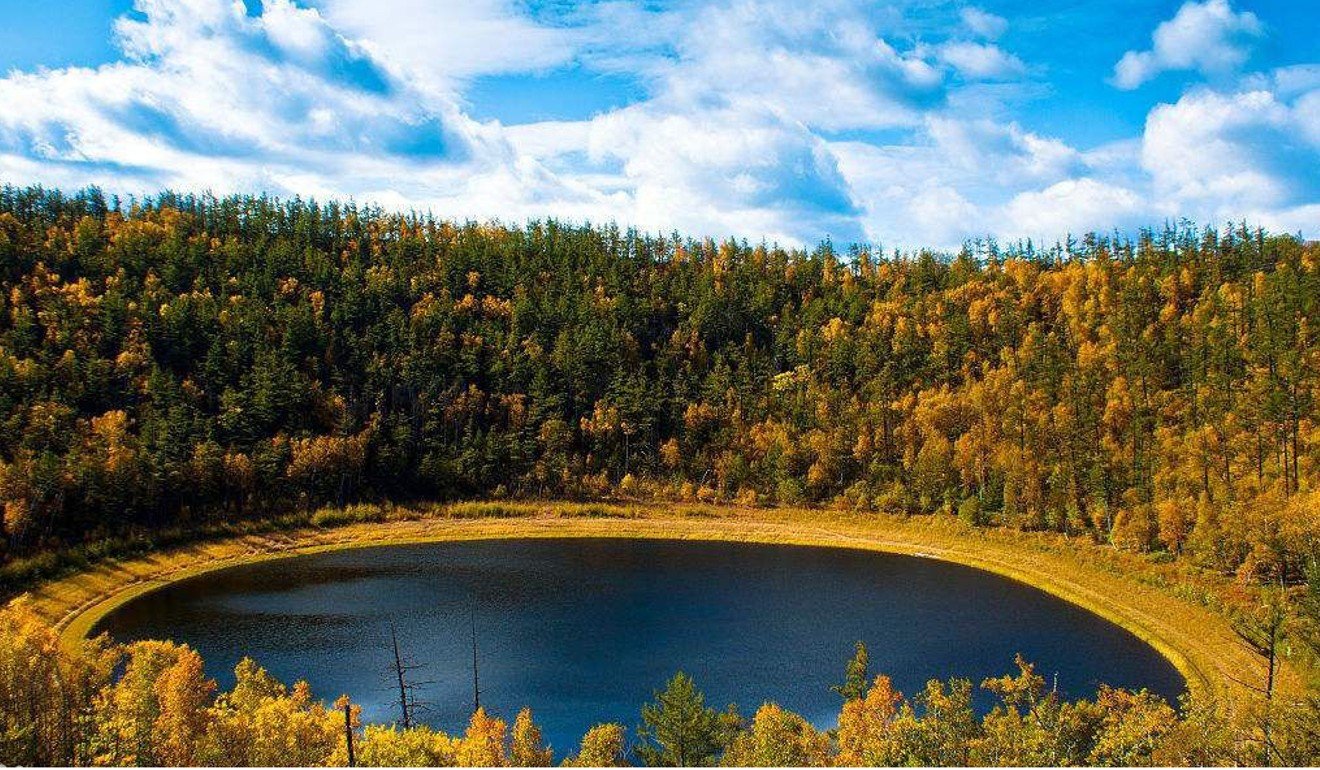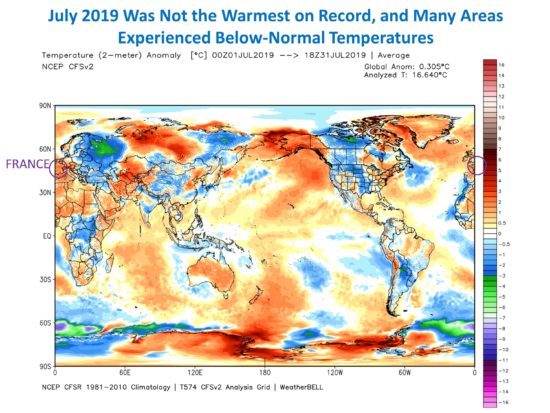I first tasted beef in middle school, it had a funny mouth feel. About the same as going from chicken to duck, beef is greasy and softer.
I grew up in a family of seven. Each year we harvested two moose, some years they were large and major meat eating went on all winter, some years they were small and spring saw rationing going on.
But two moose a year, every year. Before snowmobiles, on foot and pulling a sled in our local area.
The last moose hunt I participated in was 1965, the previous year we were skunked, and the year before that was caribou, small.
So in 1965 my brother and I were flown 100 miles out of town to get our moose.
This is not any kind of subsistence at all compared to my upbringing to that point. I quit.
The current game policy is to try and keep the moose from going extinct, no thought or protections to keep them healthy and part of the circle of life.
I know this is supposed to be on global climate, but man affects more than just temperatures.
I grew up in a family of seven. Each year we harvested two moose, some years they were large and major meat eating went on all winter, some years they were small and spring saw rationing going on.
But two moose a year, every year. Before snowmobiles, on foot and pulling a sled in our local area.
The last moose hunt I participated in was 1965, the previous year we were skunked, and the year before that was caribou, small.
So in 1965 my brother and I were flown 100 miles out of town to get our moose.
This is not any kind of subsistence at all compared to my upbringing to that point. I quit.
The current game policy is to try and keep the moose from going extinct, no thought or protections to keep them healthy and part of the circle of life.
I know this is supposed to be on global climate, but man affects more than just temperatures.








